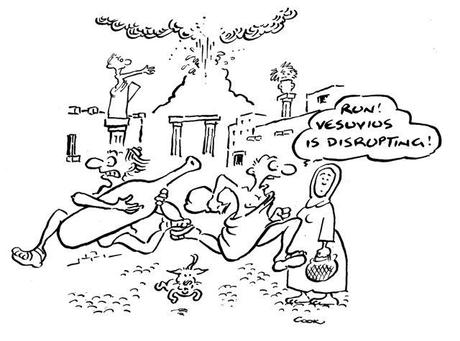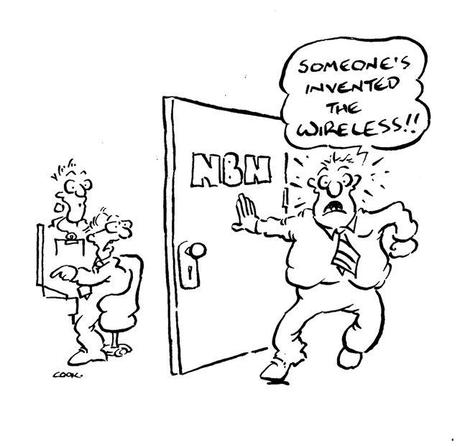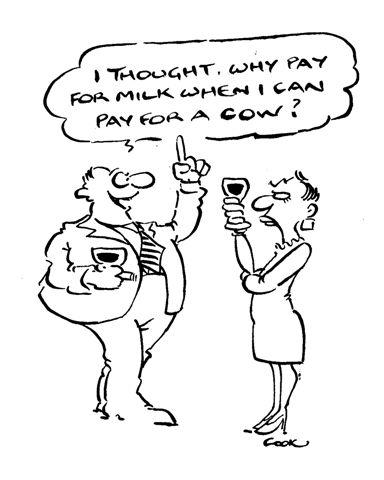
 Driving business evolution
Driving business evolution
A share market index tracks a basket of stocks. We follow them to see where markets are heading. What we don’t follow so closely is what’s in the basket.
Companies come and go. Some end in bankruptcy; others merge or get taken over. Some just fade from view. Seventy years ago, Joseph Schumpeter labeled this “creative destruction”. It’s why index baskets are revised each year.
Today the term is “disruption”. It can be nasty. People never wanted their business “destroyed” but they don’t want it “disrupted” either. The problem is, that very resistance is what brings about creative destruction.
 It happens more often now
It happens more often now

Changes to index baskets are a good proxy for the speed of disruption. In the 1950s, companies in a US index of 500 companies (the S&P500) stayed in the basket around 60 years before their demise and expulsion. By 1980, according to Harvard Business Review, average index life was down to 25 years. Today it is just 18. Whole companies come and go more quickly now.
Technology and communication are the main drivers. Today it is easier to connect the dots. Time to market is quicker.
Innovation is often a reconfiguration of existing technology. That happens more quickly too. Compare two innovations. In 1439, Gutenberg took movable type, which was invented by Chinese scholar Pi Sheng 400 years before, and put it together with the equally ancient wine crush to create the printing press.
In 2003, Apple took the Walkman digital, aligned it with an online music platform and launched the game-changing iPod, all in a few short years. For the then struggling Apple, the company was reborn. For the disrupted Sony, it was a destructive shift. Sony has struggled since.
 Could Sony have done anything about it?
Could Sony have done anything about it?

Probably not. Its massive range of successful products necessarily bred inertia and branding hubris. It was not able to disrupt itself. The prospect of cannibalizing existing success was just too unappealing. It’s fair to suggest it will happen to Apple one day.
It is easy to be hard on Sony. We are all prone to “if it ain’t broke; don’t fix it”. Sometimes it’s the right strategy; sometimes it’s not. In Sony’s case it wasn’t.
The Walkman/iPod saga has lessons for any business, big or small.
Everything vs. Something. Apple did not have a massive product range. It was about to build one until Steve Jobs disrupted that strategy. When he returned to Apple in 1997 he eliminated 90% of product development. Compared to Sony, Apple is a niche player, yet it is worth more. Apple’s market capitalization is over US$400bn; Sony’s has fallen below US$20bn.

First Mover vs. Second. The first MP3 player arrived in 1998. It would be three years before the iPod was launched. Timing can matter more than being first. As Ron Adner says in The Wide Lens, the iPod wasn’t three years late; everyone else was three years early.
There are lots of disruptive strategies but most include three elements: you focus on the exact thing that sets you apart in the marketplace; you create value more by leveraging off other's products or via low-cost strategic partnerships than through expensive acquisitions; and you don’t go to market until you’ve got those things right.



